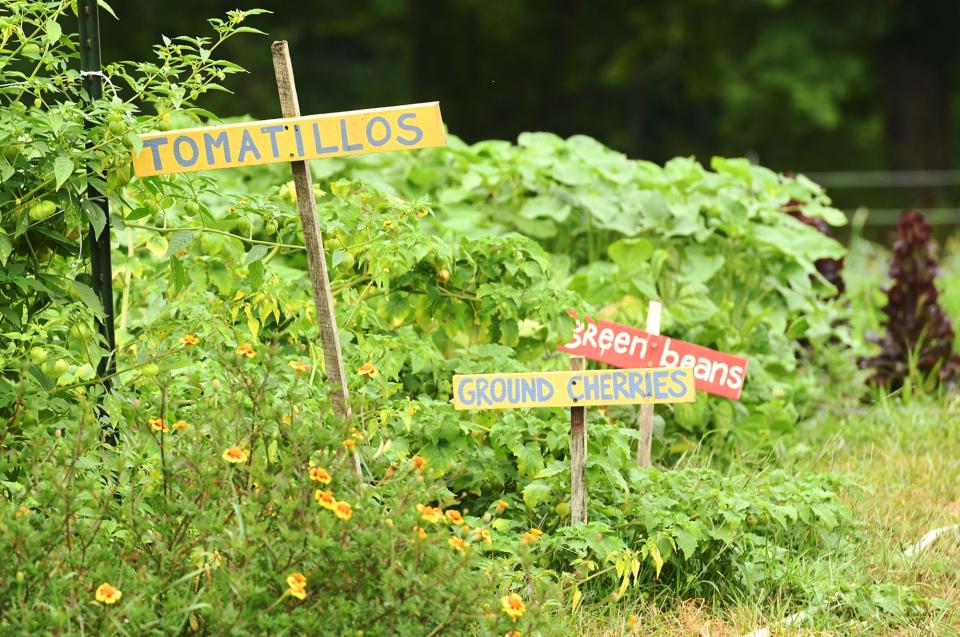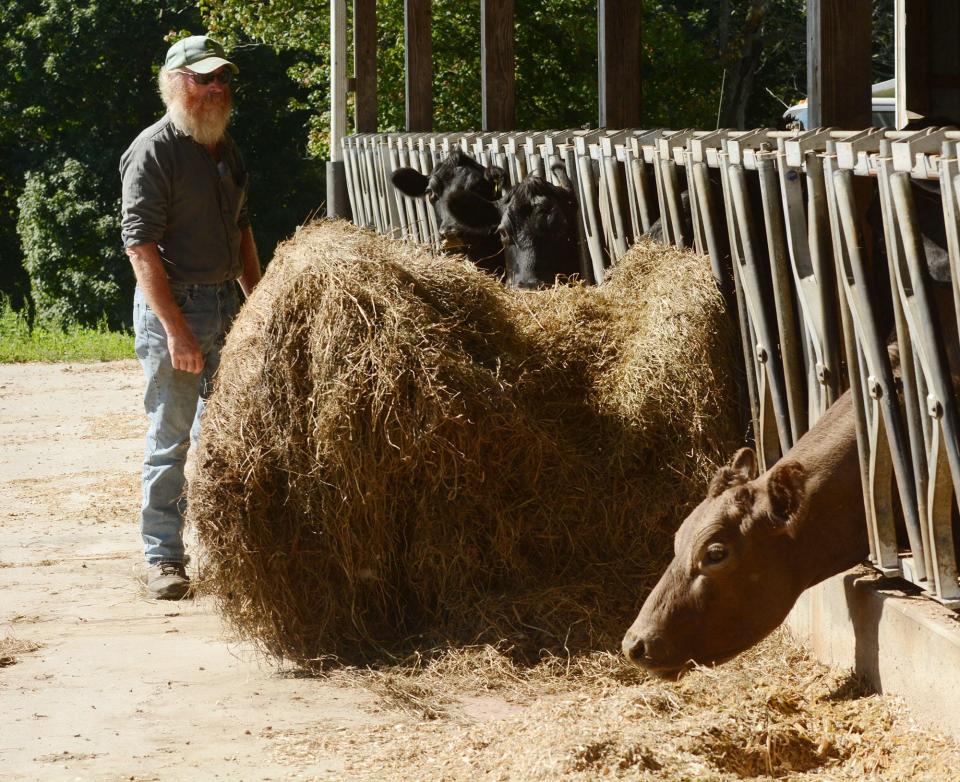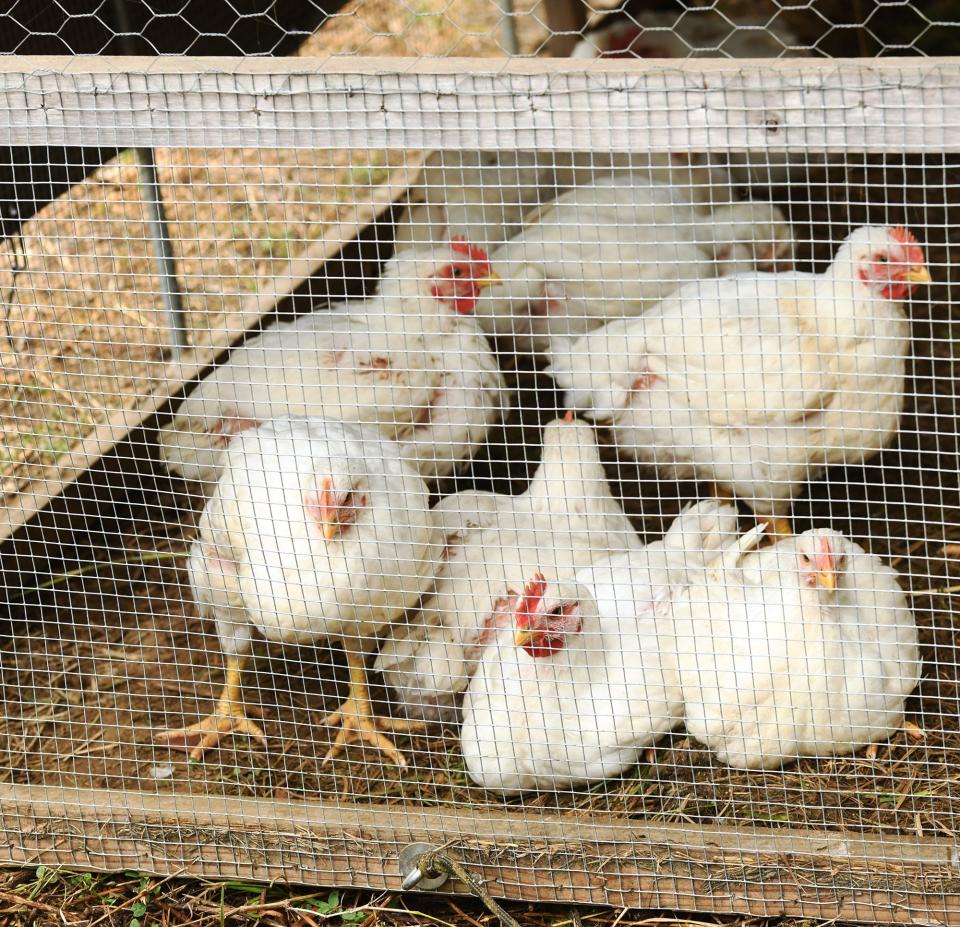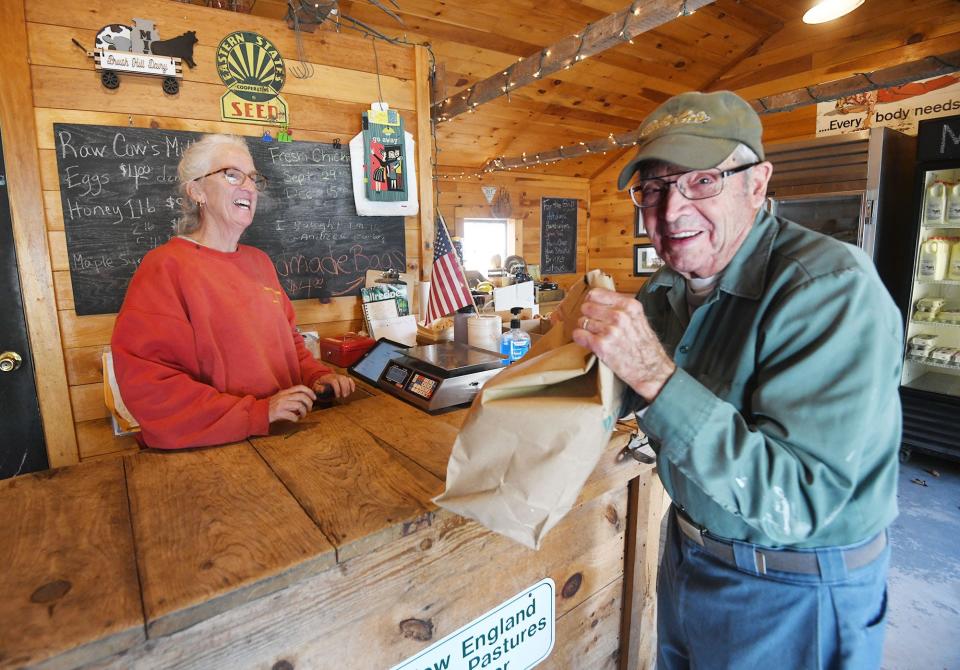Connecticut farmers are finding creative ways to fight drought. They still need help.
While the pandemic sparked more interest in locally produced foods, there are still challenges that Eastern Connecticut farmers face, including the climate and weather, and the expense of running a farming operation.
One challenge this growing season has been drought. Much of the state, including Eastern Connecticut, is in a moderate or severe drought. This can mean more irrigation, fewer and smaller specialty crops, and less grain and hay, making it more expensive to feed livestock, according to National Oceanic and Atmosphere Administration.
It takes more energy and work to properly irrigate crops in these conditions, said Joan Nichols, the executive director of the Connecticut Farm Bureau.
“It’s a real challenge to navigate Mother Nature, but that’s the nature of farming,” she said. “Last year we had too much rain at this time of year, now we're in a drought situation.”
CT farm jobsAs farmers get older, a crucial workforce is vanishing. What's being done?
Impact of climate change on Connecticut farming
The erratic weather may be a reflection of larger climate change, which makes it hard for farmers to adapt, said Becca Toms, communications coordinator for the University of Connecticut College of Agriculture, Health and Natural Resources Extension.
“It’s making their work more difficult and it’s making their work more expensive,” she said.
Speaking at the start of August, Nichols said the corn crops might be okay, but she was unsure about how hay will fare this season.

How do farmers fight drought and New England cold?
There are ways farmers adapt to climate concerns, including no-till agriculture to improve soil health and quality, mulching, and using high tunnels.
Sarah Brush, owner of Brush Hill Dairy Farm in Bozrah, said she’s trying to be optimistic while she adapted to the dry season. She's growing plants in high tunnels and caterpillar tunnels, which have fans and irrigation to help create stable environments for the plants, and an earlier start in the spring, plus longer growth into the cold months.
Jobs after jailShould a jail sentence stop you from getting a job? This Conn. business owner says 'no.'
“If you can get the right crops, you can grow through fall and winter,” she said.
To that, Nichols said indoor climate-controlled agriculture may get more popular, as there have been proposals to build these facilities in Connecticut towns, including Mansfield.
“You can grow 12 months out of the year,” Nichols said. “It’s easy to control and you don’t have to worry about pathogens.”

A lack of labor: Farming jobs are available
Another issue in farming is having enough farm labor, as the cost of labor is on the higher side in Connecticut, Nichols said. Farmers are often competing against the same labor pool as fast food chains and mass market retailers.
One action aimed at helping with farm labor is the Young Farmer Success Act. While not yet passed, the legislation would give farmers full student loan forgiveness after 10 years of successful repayments, as many come into the industry from other jobs, and startup costs are high for people who aren’t from farming families, Nichols said.
Death of Margarette MadyPatrick Antoine confessed to killing his pregnant wife. He was found not guilty Thursday.
Inflation has also led to higher business costs, as fertilizer, plastics, diesel fuel, and taxes have gone “through the roof,” Nichols said. Even though dairy has been very profitable this year and such farms are “holding their own,” the elevated profits have been eaten up by input costs, she said
“Anything that results in more money to produce food ends up trickling down to the consumer,” Nichols said.

Tying back into the weather issue, Toms said that’s also a reason for higher costs, from more power for irrigation in a drier year, to losing crops and a second attempt at planting for the season.
The solution needs to be based in policy, rather than spending, Nichols said.
Norwich stranglingAmputee in Norwich strangling speaks, after overturned conviction for his accused attacker
Another challenge is the infrastructure around agriculture, especially with slaughterhouses. Nichols said there aren’t enough meat production facilities in the state to meet demand, or farmers need to get reservations of a year or more in advance.
Josh Carnes, owner of Ramble Creek Farm in Columbia, said there are huge bottlenecks in the meat production process. He has to take his chickens to be processed in Rhode Island, and he has to make multiple trips to get pigs slaughtered, processed and smoked. However, the facility Carnes uses to dispatch the pigs may be sold, so it could mean a longer trip to process pigs, needing him to spend more on gas.
“If they sell, it’s going to make it tougher,” he said.
While there are funds available from the USDA for people to build processing facilities, it’s still a pricy endeavor of over $1 million, along with permitting and land use challenges.

High demand for locally-grown produce a good challenge to have
Brush has also noticed a consistently higher demand for locally grown food, despite the weather not always being cooperative.
“Meeting the needs and wants of the customers is the biggest challenge right now,” Brush said.
Namely, lettuce has had a hard time growing due to how hot it was this summer.
Ames Department StoresFalling in love and tackling shop-lifters: Former Dayville Ames workers plan reunion
“No matter how much you water them, they cook in the sun,” Brush said.
The fact the demand is there for local and higher quality food, and even seed orders, is also the best thing right now for Brush.
“More people are educating themselves on local fresh food, and I think that’s absolutely huge,” Brush said.
This article originally appeared on The Bulletin: Eastern Connecticut farming impacted by seasonal drought, job market

